Aggtelek and Slovak Karst
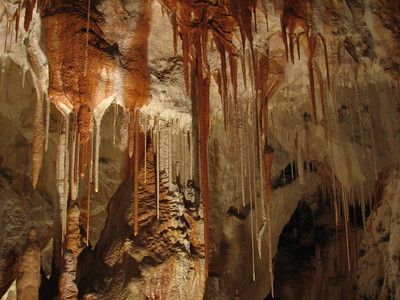
The Caves of the Aggtelek and Slovak Karst comprise a karst cave system with a high concentration of caves and a great variety of cave types.
About 1,000 caves have been discovered in this relatively small, transboundary area. They show karst formation during both tropical and glacial climates. Over 500 troglobiont animal species can be found in its underground systems. The caves include the Silica Ice Cave and Dobšinská Ice Cave.
Community Perspective: Opinions on this site vary strongly among the reviewers. Only a couple among the 1,000 caves are open as ‘show caves’ and it is necessary to visit one of the ‘special’ caves to appreciate the site more. Hubert recommends the Ochtinská Aragonite Cave, while Martina also highlights Domica Cave with its underground river and Dobsinska ice cave. Matejicek has described the features above ground. Some of the caves (notably Dobsinska) charge high camera fees.
Avignon
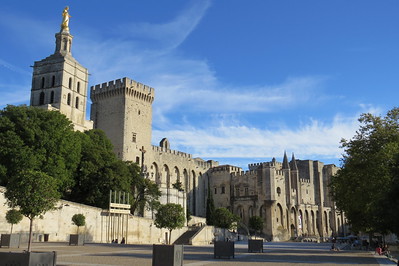
The Historic Centre of Avignon: Papal Palace, Episcopal Ensemble and Avignon Bridge comprise a group of late medieval buildings linked to the Papacy.
It was here that the Popes and Antipopes lived from 1309 to 1432 during the Catholic schism, when the seat of the Church left Rome. The ecclesiastical, administrative and military medieval buildings are a homogenous group. The massive Papal Palace shows the ambitions of the papal court.
Community Perspective: You can see here what the Vatican would have been like if it had been built in a Gothic style. Avignon overall is a great base for viewing Provence and its WHS.
Carlsbad Caverns
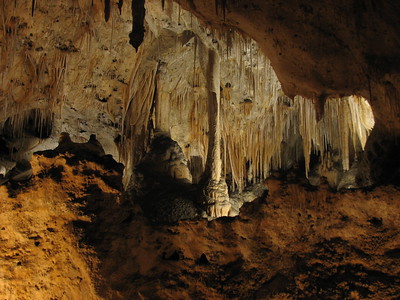
Carlsbad Caverns National Park comprises over 120 limestone caves that are renowned for the abundance, diversity and beauty of their speleothems (decorative rock formations).
The cave system originated 250 million years ago as erosion started on the Capitan Reef located in an evaporated inland sea. The primary caves are the Carlsbad and the Lechuguilla. The latter holds the largest collection of gypsum “chandeliers”.
Community Perspective: The Lechuguilla Cave – reportedly the most spectacular – unfortunately is closed to the general public. Still, the reviewers find Carlsbad impressive for its size and the variety of formations especially in the Big Room. Spectacular also is the Bat exodus at dusk.
Colonia del Sacramento
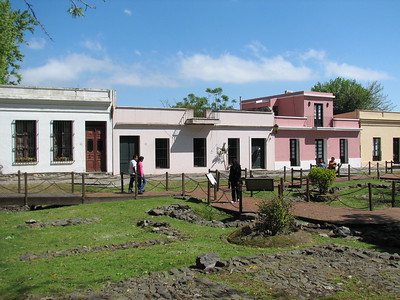
The Historic Quarter of the City of Colonia del Sacramento comprises a colonial urban landscape where Portuguese and Spanish traditions are combined.
Colonia lies in a strategic position at the tip of a peninsula in the Río de la Plata. It changed hands between the two European powers a couple of times between the 17th and 19th centuries. The townscape is characterized by its organic street plan, cobbled streets and low, modest buildings.
Community Perspective: Easily accessible by hydrofoil from Buenos Aires; expect a laid-back atmosphere and a lack of noteworthy sights.
Crespi d'Adda
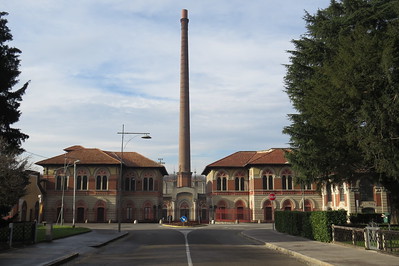
Crespi d'Adda is a late 19th-century workers’ village.
It is one of the best-preserved examples of the phenomenon of "company towns", which were developed by enlightened industrialists in Europe and North America. The aim was to house factory workers close to their work and the raw materials, and to maintain a stable workforce by offering comfortable houses and amenities. The urban layout of Crespi d'Adda and its architectural appearance is still unchanged.
Community Perspective: The houses are still inhabited, although the factory closed in the early 21st century and maintenance seems to be lacking since. The area also isn’t set up well to receive tourists, with a clear lack of information panels or signage and few buildings to enter.
Edinburgh
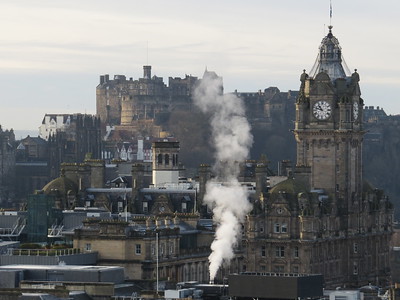
Old and New Towns of Edinburgh show the juxtaposition of two phenomena of urban planning: the medieval Old City with its castle, and the planned extension of the New City.
In the Old Town, the medieval fishbone street pattern survives. The High Street links the landmark Edinburgh Castle and the Palace of Holyrood. In contrast with the inward-looking, walled old city, a neoclassic New City was developed in the 18th and 19th centuries to house Edinburgh's growing population. This part of town is the largest area of Georgian architecture in Europe.
Community Perspective: “Britain’s finest World Heritage Site”: the city has an iconic skyline, and excellent museums, is easy to explore on foot, and is host to the yearly Edinburgh Festival. Most people are drawn to the Old Town, although the New Town makes up two-thirds of the inscribed area.
Ferrara
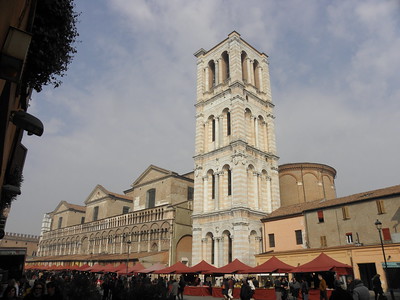
Ferrara, City of the Renaissance, and its Po Delta are the first examples of Italian Renaissance town planning and its influence on the landscape.
In the late 15th century, the plan of the medieval city was redesigned and extended based on a complex urban plan on the orders of the ruling Duke Ercole d'Este I. Ferrara at that time grew into a cultural center, renowned for music as well as for visual arts. The Este family also carried out extensive land reclamation and building projects in the Po Delta, culminating in a network of noble residences.
Community Perspective: Ferrara has a certain charm, and it’s a university town so there is liveliness. Highlights here include the Palazzo Diamanti, the smaller Palazzo Marfisa d'Este, and the frescoes of the Palazzo Schifanoia. You can also cycle on the city wall. Some elements of the included Po Delta have been described by John.
Gough and Inaccessible Islands
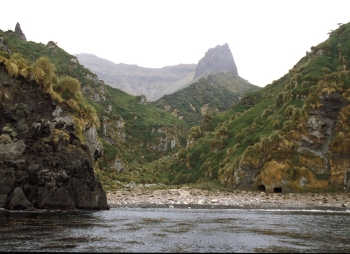
Gough and Inaccessible Islands are known for their undisturbed state and large seabird population.
These two islands in the Tristan da Cunha archipelago are volcanic islands rising from the South Atlantic Ocean, about 350km from each other. Gough Island holds almost the entire world population of the Tristan albatross and the Atlantic Petrel, and it has two endemic land birds including the almost flightless Gough moorhen. Inaccessible Island is characterized by steep cliffs around its entire coastline. It supports 10% of the global population of Northern Rockhopper Penguins and is the most important breeding site for Great Shearwaters.
Community Perspective: This is a rare site to visit. Solivagant did so in 2002 on an expedition cruise taking in the mid-Atlantic islands, and reports on the circumnavigation of Gough Island, the luxuriant vegetation and orgasmic twitchers.
Haeinsa Temple

Haeinsa Temple Janggyeong Panjeon, the Depositories for the Tripitaka Koreana Woodblocks, preserves the most complete extant collection of Buddhist texts, laws and treaties.
The Janggyeong Panjeon comprises four buildings around a courtyard. They hold the 80,000 finely carved woodblocks from the 13th century in perfect climatic conditions. The Haeinsa Temple complex has become a famous Buddhist pilgrimage destination.
Community Perspective: Tucked away deep in the forest of Gayasan National Park, this is an impressive temple complex. Ian and Clyde were able to stay in the temple overnight as part of the Korean government's Temple stay programme.
Jongmyo Shrine
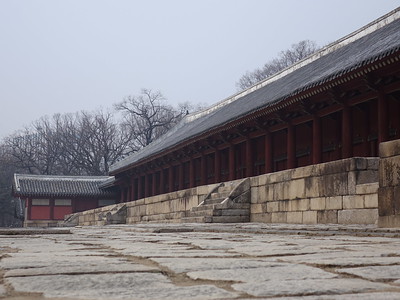
Jongmyo Shrine is the earliest surviving Confucian royal ancestral shrine.
The symbolic shrine, housing the original spirit tablets of the former kings and queens, was used for memorial services for the deceased members of the Joseon Dynasty. Ancestral worship rites are still carried out here. The complex was laid out according to traditional pungsu (geomantic) principles.
Community Perspective: a serene and austere site most of the year, but Frederik visited during the yearly Jongmyo Daeje ritual and found a chaotic spectacle. Solivagant suggests a visit to the “National Palace Museum of Korea” to get a better understanding of the site. Be aware that only on weekends you can visit without a guide and that the site is closed on Tuesdays, and opens on Mondays when many of Seoul’s other attractions close.
Kutna Hora
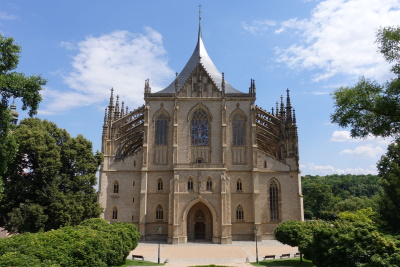
Kutna Hora: Historical Town Centre with the Church of Saint Barbara and the Cathedral of our Lady at Sedlec symbolize the wealth this city derived from silver mining since the 13th century.
Kutná Hora has several interesting late medieval buildings built in Gothic style, such as the Italian Court and Saint Barbara Church. The Cathedral of Our Lady in the nearby town of Sedlec was rebuilt by Jan Blazej Santini in the Gothicizing Baroque style (early 18th century).
Community Perspective: Kutna Hora is a charming town, with the unique design of Saint Barbara Church as its highlight. It can be visited as a day trip from Prague.
Luang Prabang
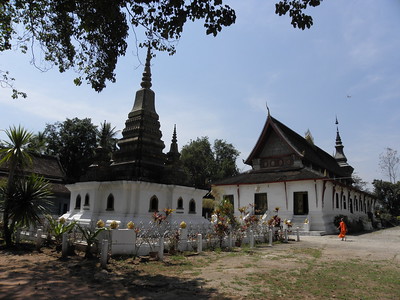
The Town of Luang Prabang is an urban landscape that is partly traditional Lao and partly colonial.
Luang Prabang originated as a defended royal administrative complex, with adjacent temples and monasteries. It was the royal capital and seat of government of the Kingdom of Laos and its predecessors, and also the centre of Buddhism in the region. The fusion of Lao and 19th and 20th-century colonial art and architecture can be seen in the town’s religious buildings (richly decorated wooden pagodas), vernacular buildings (also in wood) and colonial buildings (in brick).
Community Perspective: “Luang Prabang is maybe the last bastion of this region that still can perfectly keep its bygone age atmosphere of Indochina” as Frederik puts it. But it is a bit low on outstanding sights: the Wat Xieng Thong temple probably is the best of them.
Messel Pit
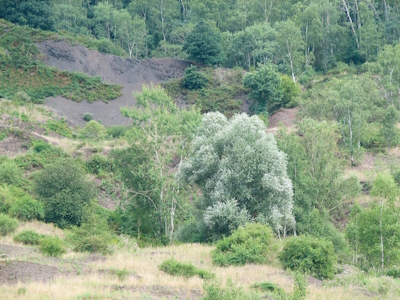
The Messel Pit Fossil contains unique remains from the Eocene, 47-48 million years ago when the first modern mammals appeared.
The Messel Pit is a disused quarry, in an ancient lake bed, in which bituminous shale was mined. It has produced well-preserved fossils of over 1,000 species of plants and animals. Scientific excavation started in the 1970s and has produced remains of species such as fish, bats, birds, turtles and crocodiles.
Community Perspective: A friendly site that is now open to visitors all year round – see their website for the timing of the tours. It’s not worth it to only do the Visitor Center and Viewing Platform, especially considering the fee.
Naples

The Historic Centre of Naples represents one of the most influential cultural centres in the Mediterranean region.
Founded in 470 BCE, it was among the most important cities of Magna Graecia. Subsequent periods saw Roman, Byzantine, Spanish and French rule and an era as an autonomous Duchy. From each period, outstanding elements remain visible in the city.
Community Perspective: Stay for a couple of days. Reviewers have named a rich selection of highlights, including the inner courtyard of the Santa Chiara monastery, the Archaeological Museum, the Palazzo di Capodimento, Teatro di San Carlo, Galeria Umberto I, Piazza del Gesù Nuovo and Napoli Sotteranea. There are also a lot of ugly buildings in between.
Old Town Lunenburg
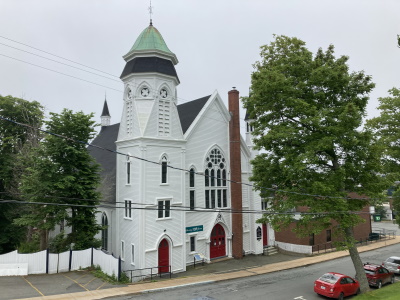
Old Town Lunenburg, founded in 1753, is the best remaining example of planned British colonial settlement in North America.
Lunenburg was developed as a model town, with a rigid grid and wooden houses. Its vernacular architecture has been well-preserved. The town grew into an important seaport, shipbuilding centre and base for the offshore Atlantic fishery.
Community Perspective: It’s a very small town and you can easily walk through it within an hour or two. Many of the homes have little signs telling the name and job of their historical owners. Don’t miss the former Academy on the outskirts of town. The shipyards and fish plants (including the fisheries museum) are also worth seeing.
Rapa Nui
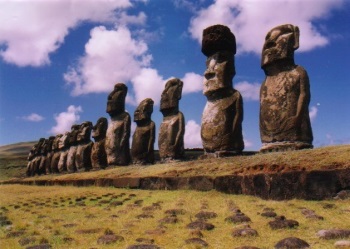
Rapa Nui National Park covers a fascinating archeological landscape developed by an isolated society and characterized by the huge moai.
Between the 10th and 16th centuries, the local population, descendants of settlers from Eastern Polynesia, created great stone works such moai (colossal statues representing ancestors) and ahu (ceremonial platforms). Additional archeological sites on the island include the quarries such as Rano Raraku, rock art sites, and Orongo, a ceremonial village.
Community Perspective: Easter Island is a dream destination for many, though expensive and “logistically awkward”. Joseph found that “there is a haunting sadness to the site of a toppled, broken moai that affected me more than the standing statues”. Solivagant gives a good overview of the main sights that can be done in a day, while Dennis shares his 3-day itinerary and Nan zooms in on the practical details. Timonator is the first to report back on the drastic changes in visiting conditions that have taken place since Covid (guided tours required).
Rice Terraces of the Philippine Cordilleras
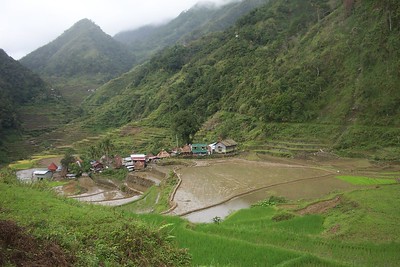
The Rice Terraces of the Cordilleras comprise a cultural landscape developed 2,000 years ago by the Ifugao people.
The five included clusters of terraces are still in use, and are under continuous maintenance by the current Ifugao farmers who work together as a community. The terraces are located up to 1500 meters altitude and have steep slopes. A complex system of dams, sluices, channels and bamboo pipes keeps whole groups of terraces adequately flooded by water coming from the mountaintops.
Community Perspective: Banaue is the main hub to see these rice terraces, but you have to take a separate day trip outside of town to reach one of the included components. Bernard, Riccardo and GabLabCebu all have visited multiple of the terraces over the course of 2-3 days.
Roskilde Cathedral
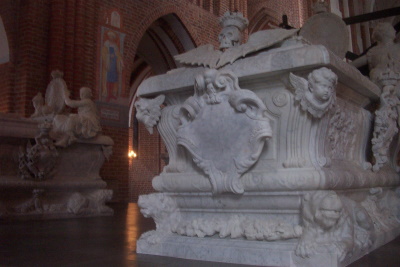
Roskilde Cathedral is a brick Gothic cathedral that serves as the mausoleum of the Danish Royal Family.
Originally dating from 1170, it was the earliest large church in Northern Europe made out of brick. In the centuries afterward extensions such as chapels were added in the current styles of their time and in 1536 its use (and therefore its interior setting) changed from Catholic to Protestant. The Danish royals are buried here in monumental tombs.
Community Perspective: “Another cathedral”, but a quite unique one with special features such as the somewhat austere Protestant interior, the Chapel of the Magi from 1463, the elegant tombs and it being a brick building. Also in Roskilde lies the recommended Viking Museum. Astraftis did an extensive review including practical information and history.
San Agustín
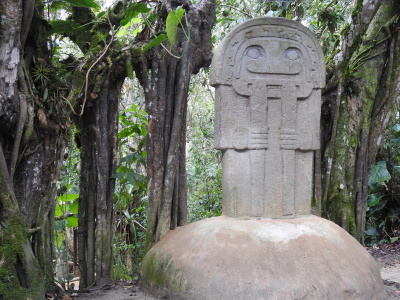
San Agustín Archaeological Park is a pre-Columbian archaeological site containing the largest collection of megalithic sculptures on the continent.
The sculptures, carved from volcanic rock, vary from abstract forms to realistic images of gods and animals. Most monuments adorn funerary sites, except for the Fuente de Lavapatas, a religious monument carved in the stone bed of a stream. They were constructed during the Agustinian Culture, which flowered from the 1st century CE.
Community Perspective: the site consists of 3 separate locations, and you can easily spend 2 days here as there are some non-inscribed but worthwhile sites in the area as well. Iain visited in 1996, during a period when military roadblocks were common so “getting there was half the fun”.
Santa Cruz de Mompox
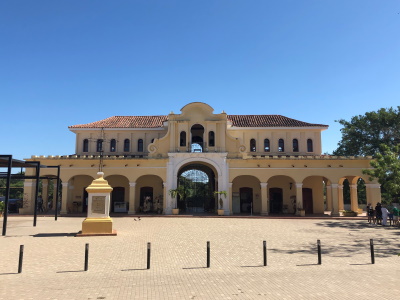
The Historic Centre of Santa Cruz de Mompox represents a riverport from the Spanish colonial era.
The town connected the seaport of Cartagena with the interior via the Magdalena River. It further enabled Spanish colonization and the growing trade. In the nineteenth century, Mompox lost much of its economic importance: due to the lack of modern influences, the original Spanish elements such as churches, private houses and the street plan have been preserved in their authentic state.
Community Perspective: nowadays reachable by a 6.5h bus ride from Cartagena, but Mompox has been difficult to access before the 21st century – as described well in Solivagant’s review. The historic centre doesn’t take long to explore, but all reviewers so far enjoyed it for its lethargic atmosphere and historical significance.
Schokland
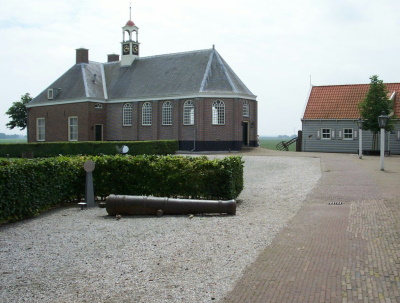
Schokland and Surroundings comprise a former island, including its prehistorical archeological sites, that has been reclaimed from the sea.
The earliest settlement on Schokland goes back to prehistory when it was a peninsula. Due to rising sea levels, it became an island that was eventually too dangerous to live on in 1859. However, as part of the impoldering program of the Noordoostpolder in the 1940s, it became part of the mainland again and now four mounds (terps) rise from the surrounding flat agricultural lands. The site protects both the prehistoric remains and the later structures on the terps such as the church, former harbour and dykes.
Community Perspective: The Museum Schokland on the terp of Middelbuurt is the logical first stop of a visit (be aware that it opens only at 11 am). Beyond that only hiking in the polders remains. David did a comprehensive review that also includes the other terps beyond Middelbuurt. Tsunami has the most recent public transport update.
Seokguram Grotto and Bulguksa Temple
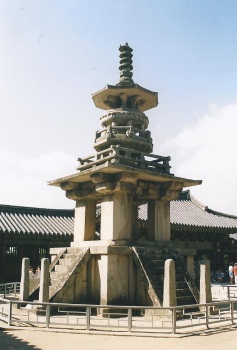
Seokguram Grotto and Bulguksa Temple are masterpieces of East Asian Buddhist art and architecture.
Bulguksa is a wooden temple complex from the 8th century Silla Dynasty, raised on stone terraces. Its grounds hold the two fine stone pagodas Tabot'ap and Sokkat'ap. Seokguram Grotto is part of the same temple complex. The artificial cave holds some of the best Buddhist sculptures in the world, including the main Buddha carved from white granite.
Community Perspective: Easily visited from Gyeongju, this is one of South Korea’s most iconic WHS. Unfortunately, the Buddha statue at Seokguram is obscured by a reflecting glass cover.
Shirakawa-go and Gokayama

The Historic Villages of Shirakawa-go and Gokayama are traditional Japanese settlements.
The three villages lie in isolated valleys, with the inhabitants growing mulberry trees and rearing silkworms. Their characteristic farmhouses, Gassho-zukuri, have triangular-shaped roofs so snow can slide off easily. They are also large enough to store silk products.
Community Perspective: the best time to visit is in winter, with the thick layers of snow on the roofs. From the 3 included villages most reviewers visited Ogimachi in Shirakawa-go, which sees a lot of tourists in general. Hubert describes Ainokura, where he also stayed the night.
Siena
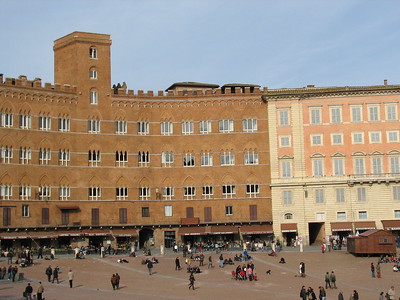
The Historic Centre of Siena is a well-preserved late medieval town.
The city derived its wealth from banking activities; as the capital of the Republic of Siena, it also was the main rival of Florence, with which it disputed over territorial expansion. Its urban fabric, size and artistic identity distinguish Siena from other medieval urban centres in Italy. The unity of design of its architecture is characterized by a distinctive Gothic style.
Community Perspective: Siena is a bit larger than your average Tuscan town. Highlights include the shell-shaped Piazza del Campo and the Duomo with its striped bell tower, but most admire it for its overall consistency in its architecture and urban plan.
Sintra

The Cultural Landscape of Sintra encompasses a mountainous strip with an ensemble of gardens, parks, and monuments built in the style of European Romantic architecture.
The Royal Court established itself here because of its cool temperatures. Villas and gardens were designed, reaching their height in the 19th century. Its most notable monument is the Pena Palace, the prototype of European Romanticism which was a blend of European and exotic styles.
Community Perspective: The Pena Palace is said to have inspired both Gaudi and Disney, and is considered to be one of the best sights in Portugal. Try to stay overnight in Sintra in order to avoid the tour buses from Lisbon that crowd the site between 11h and 16h.
Tierradentro
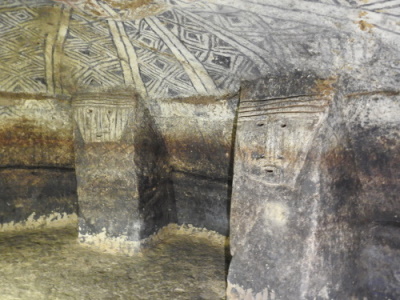
The National Archaeological Park of Tierradentro is renowned for its pre-Columbian hypogea.
The park features elaborate hypogea dating from the 6th to 9th centuries CE, carved into the volcanic tuff. The typical hypogeum has an entry oriented towards the west, a spiral staircase and a main chamber with several lesser chambers around, each one containing a corpse. The walls are painted with geometric, anthropomorphic and zoomorphic patterns in red, black and white.
Community Perspective: Tierradentra lies in a remote part of the country and requires considerable effort to reach by public transport. On-site, four of the five locations can be easily accessed via a walking trail starting from the park entrance/museum, and guards posted at each of the tombs will open them up for visitors. Solivagant has described the merits of each of these four locations, while Jarek and Lucio also visited Aguacate, which takes another 1.5-2 hours of hiking.
Virgin Komi Forests
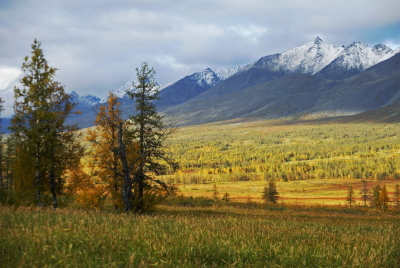
The Virgin Komi Forests comprise a vast virgin boreal forest ecosystem, bordering the alpine tundra of the Ural mountains.
Its mountain structures such as columns and fossilized reefs provide models of ongoing geological processes. The boreal forest holds Siberian spruce, Siberian fir and Siberian larch. Brown bear, moose, wolf, otter, beaver, sable, wolverine and lynx are mammals that can be encountered here.
Community Perspective: The designated forests lie in two parks, which have both been covered by reviews. Jarek and Wojciech visited Yugyd-Va National Park on their own on foot and mostly reported back on the thousands of mosquitos. Martina and Alexander visited Pechoro Ilychsky Nature Reserve 3 years apart and went to Manpupuner Mountain by helicopter as part of a guided day tour.
Visby
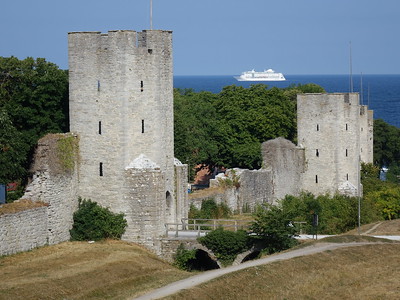
The Hanseatic Town of Visby is a well-preserved medieval walled town.
Visby was the main centre of the Hanseatic League in the Baltic Sea from the 12th to the 14th century. Among the most notable historical remains are its medieval street plan, the 3.4-km long stone wall called "Ringmuren" that encircles the city, the merchant houses and Romanesque churches.
Community Perspective: Visby lies on the island of Gotland and can be reached from the Swedish mainland by fast ferry (3.5h) or plane. The place is swamped with tourists from mid-June until mid-August. Gotland's Museum should not be missed for its rune stones.
Waterton Glacier International Peace Park
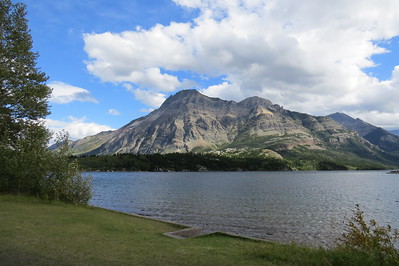
Waterton Glacier International Peace Park is known for its superlative mountain scenery of glacial origin.
The contiguous Waterton Lakes NP (Canada) and Glacier NP (USA) have formed the world's first International Peace Park since 1932, although they are administered separately. Its distinctive setting spanning the Continental Divide and high elevation variance has resulted in many climates and microclimates. It also lies where the mountains meet the prairie, so flora and fauna are diverse.
Community Perspective: both Canada and the USA have parks with better scenery than Waterton Glacier, but still there are some wonderful scenic drives and hikes to be found here. Emilia did a camping trip, Kyle stayed at Many Glacier, Els hiked to Bertha Lake and Klein did the Crypt Lake Trail.